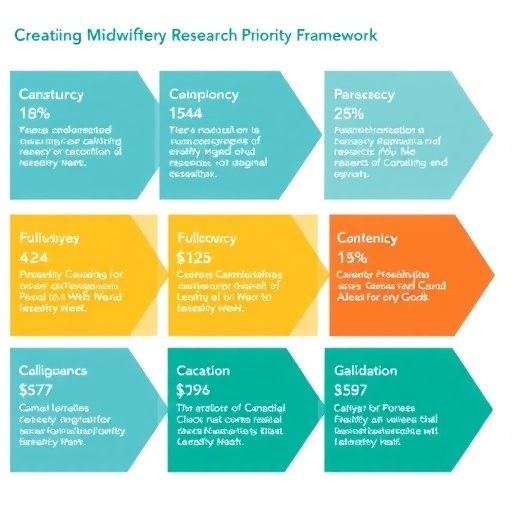Osaka – The emergence of antibiotic resistance among dangerous pathogens is increasingly problematic worldwide. Many strains of infectious bacteria have become multidrug-resistant, and cannot be treated with common antibiotic therapies. While the antibiotic colistin can often be used to treat infections by multidrug-resistant bacteria, colistin resistance is also on the rise and represents an emerging global health threat, further limiting available treatments.
Now, in a study published in Infection and Drug Resistance, researchers at Osaka University followed Japanese travelers to find out how short trips to a developing country can lead to the spread of colistin resistance.
"Extended-spectrum, beta-lactamase (ESBL) producing bacteria are resistant to most first-line antibiotics," first author Tatsuya Nakayama explains.
"Colistin is typically used as a last-resort treatment when there are no other therapy options available," he says. "Unfortunately, we're seeing an increase in ESBL strains carrying the mcr-1 gene, which confers colistin resistance to bacteria. In our study, we were interested in tracking the genotype of bacteria carried by international travelers to understand how short-term travel can impact the prevalence of mcr-1."
The researchers followed 19 Japanese participants who traveled to Vietnam for less than 2 weeks. They collected fecal samples before and after each trip, and used a mix of biochemical and genetic assays to identify bacteria carried by each of the travelers. The team found that short-term trips led to a significant increase in ESBL-producing bacteria: resistant strains were found in nearly 90% of travel events, and in the majority of cases travelers had shown no sign of ESBL bacteria prior to their journey.
More concerning, however, was the researchers' finding that the mcr-1 gene–which was absent among all travelers before leaving Japan–was carried back to Japan by three of the returning travelers during three separate travel events. The mcr-1 gene is carried on plasmid, a mobile DNA molecule that can readily jump from one strain of bacteria to another, which means even an isolated case of colistin resistance can quickly spread through a human population. The findings of the study thus suggest that even a relatively short international trip has the potential to serve as a starting point for the spread of colistin resistance.
"Our study supports the notion that even short-term travel can bring colistin-resistant strains back to the country of origin," senior author Yoshimasa Yamamoto concludes. "In a globalized community in which travel to developing countries is common, the spread of colistin-resistant bacteria is a significant concern to worldwide health. We need to ensure that proper surveillance and public hygiene measures are in place, so that we can minimize the dissemination of highly resistant strains to the greatest extent possible."
###
Media Contact
Saori Obayashi
[email protected]
81-661-055-886
@osaka_univ_e
http://www.osaka-u.ac.jp/en
http://resou.osaka-u.ac.jp/en/research/2018/20180330_1
Related Journal Article
http://dx.doi.org/10.2147/IDR.S153178




